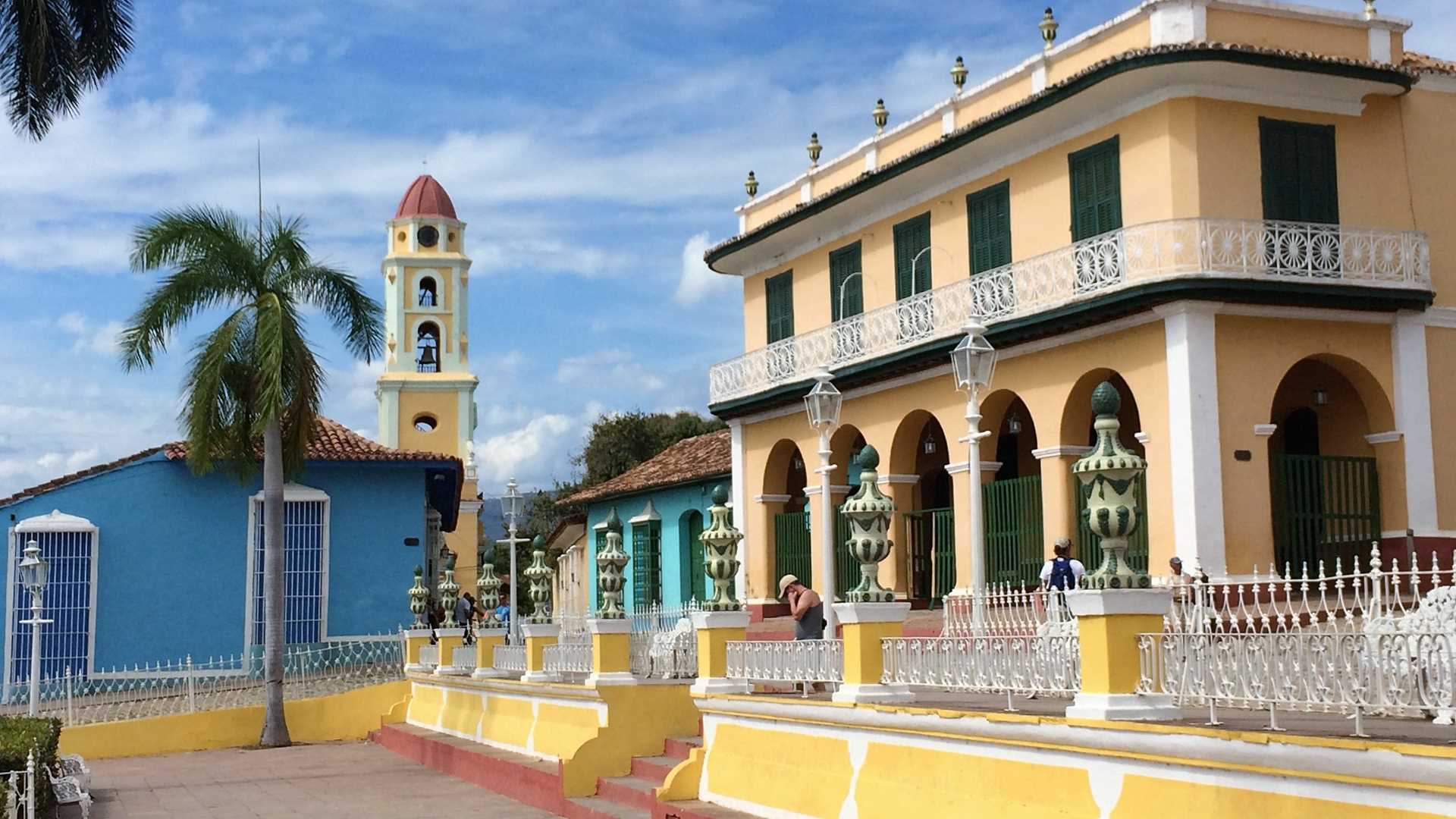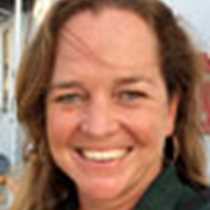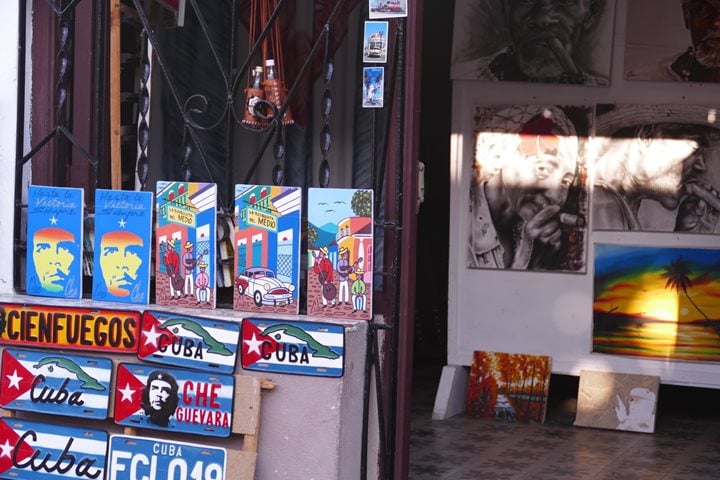After a night at sea, we picked up our pilot at day break and sailed through the narrow entrance to Bahia Casilda on the central southern coast of Cuba. Historically, this port was an important recruiting stop for conquistador Hernan Cortes and was one of the most important sugar export ports in Cuba. Today it is a small port that serves as a gateway to the colonial treasure of Trinidad and the surrounding wild landscape of the Sierra del Escambray.
Once docked, we took off to explore our surroundings. Trinidad, founded in the early 16th century, was declared a UNESCO World Heritage Site in 1998 in recognition of its rich architecture, palaces, and plazas. Every building is filled with stories and intriguing history: its meticulously preserved 18th and 19th century buildings, such as the Santísima Trinidad Cathedral, the Palacio Brunet, and the Palacio Cantero were built in its days of prosperity from the sugar trade, and its rows of colourful colonial houses and cobblestoned streets make for wonderful photo opportunities. Walking tours were followed by the opportunity to spend free time exploring this delightful town, its artists and street markets. Among the artists so abundant in Trinidad one truly stands out: Lazaro Niebla. This talented sculptor collects old wooden shutters and doors, often over 200 years old, that are being discarded during the renovation of old buildings, and uses these as a medium and frame to capture the personalities, experience, hardships, and joie de vivre of the elderly inhabitants of rural Cuba.
Surrounding this magical town is the Valle de los Ingenios (Valley of the Sugar Mills), also a UNESCO world heritage site, once the site of the most important sugar plantations in Cuba. A scenic drive took us through the lovely valley to a colonial-era plantation house at the Guaimaro Sugar Mill. During this visit we learned about the fascinating story of the family that owned the plantation, as well as the traditional sugar-extracting process.
Some of us opted to spend the morning visiting the Topes de Collantes nature reserve, located high in the Escambray mountain range that makes a backdrop to the city of Trinidad. After a drive almost 2,600 ft. above sea level up into the mountains, we left our buses at the national park headquarters and boarded an old Soviet-era truck for an adventurous drive to Hacienda Codina. Nestled in exuberant vegetation, including many native and endemic species such as the tree ferns and royal palms, the Hacienda Codina, built in the 18th century, served as our base to explore the reserve along its nature trails. We learned about plants from our local guide Irelio, once a Cuban forester, spotted species of birds, bats, and frogs, explored a limestone cave and tunnel, and enjoyed wonderful vistas. This walk was topped by a delicious Cuban lunch of suckling pig roasted on the grounds.
A wonderful day was celebrated by sunset cocktails on deck as we sailed away from Casilda into the Caribbean Sea, our destination the Isle of Youth.







